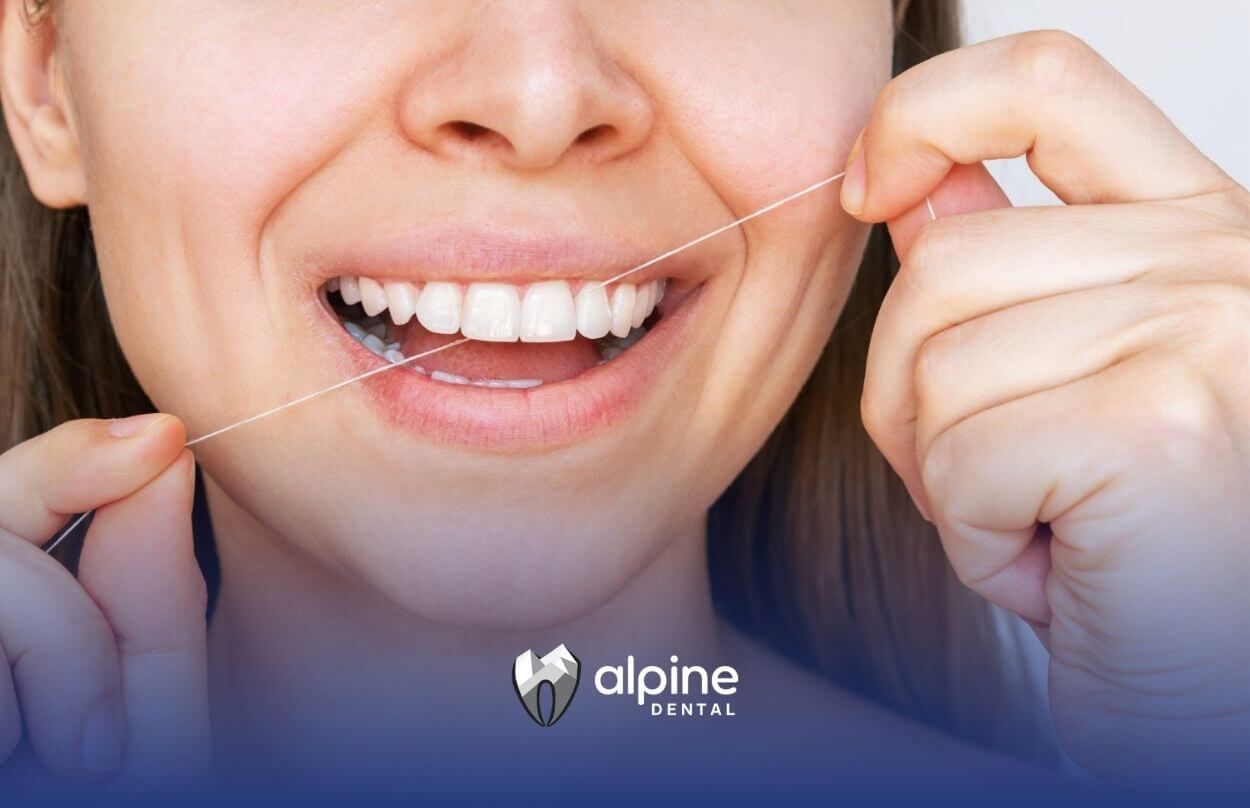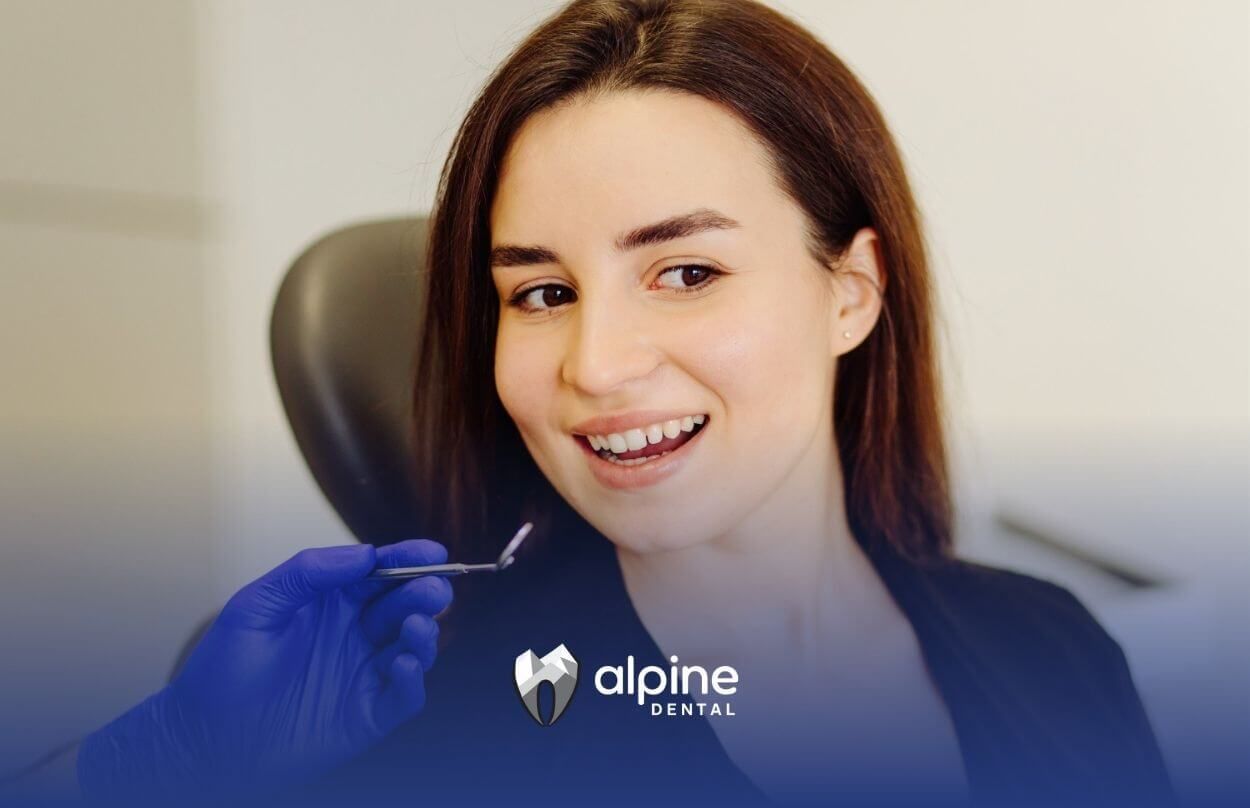Emergency Dental Clinic: Quick Solutions for Pain Relief
Understanding Dental Emergencies
Dental emergencies can occur unexpectedly and require immediate attention to prevent further complications. Understanding the importance of prompt care and differentiating between urgent and non-urgent dental issues is crucial for effective management.
Importance of Immediate Care
Immediate care in dental emergencies is essential to alleviate pain, prevent infection, and save teeth. Emergency dentists play a crucial role in providing immediate care when tooth pain strikes unexpectedly, offering services beyond the scope of routine dental care to address severe toothaches, dental injuries, and unexpected complications.
Common scenarios requiring immediate care include:
- Severe tooth pain
- Dental injuries (e.g., knocked-out or broken teeth)
- Abscesses and infections
Emergency dental appointments often cost more than regular dental visits due to factors such as the urgency of the situation and additional fees associated with immediate care. For more information on managing costs, visit our section on cost considerations.
Differentiating Urgent Care
Differentiating between urgent and non-urgent dental issues helps in determining the appropriate course of action. Urgent care for tooth pain involves immediate attention to dental issues that cannot wait for a regular dental appointment. Situations such as sharp and sudden pain, severe swelling, or a dental injury are examples of scenarios demanding urgent care.
| Urgent Dental Issues | Non-Urgent Dental Issues |
|---|---|
| Severe tooth pain | Mild toothache |
| Dental injuries | Routine check-ups |
| Abscesses and infections | Minor cavities |
For those experiencing urgent dental issues, finding an emergency dental clinic is crucial. Clinics like Alpine Dental provide emergency dental care for toothaches and dental trauma, aiming to alleviate patients' pain or discomfort while protecting their smile.
Understanding the difference between urgent and non-urgent dental issues ensures that individuals seek the appropriate level of care when needed. For more information on finding an emergency clinic and immediate steps to take, visit our section on seeking emergency dental care.
Cost Considerations
When dealing with dental emergencies, understanding the cost implications is crucial. The expenses associated with emergency dental care can vary widely based on several factors.
Factors Affecting Cost
Emergency dental appointments often cost more than regular dental visits due to the urgency of the situation and additional fees associated with immediate care. Several factors can influence the overall cost of an emergency dental visit:
- Urgency of Care: The need for immediate attention can lead to higher fees.
- Type of Treatment: Different procedures, such as extractions, fillings, or root canals, have varying costs.
- Additional Fees: Costs for X-rays, anesthesia, and after-hours care can add up.
- Location: Prices can vary based on the geographical location of the clinic.
Insurance Coverage
Insurance coverage for urgent dental care can significantly affect out-of-pocket expenses. The extent of coverage and the amount to pay can vary depending on specific insurance options.
- Comprehensive Coverage: Plans with comprehensive coverage typically result in lower out-of-pocket expenses for emergency treatments.
- Basic Coverage: Basic plans may only partially cover emergency treatments, leading to higher out-of-pocket costs.
- Out-of-Pocket Expenses: The patient's share of the cost after insurance coverage is applied.
| Insurance Type | Out-of-Pocket Expenses |
|---|---|
| Comprehensive Coverage | Lower |
| Basic Coverage | Higher |
It's important to review your insurance policy to understand what is covered and what expenses you may be responsible for.
According to the Agency for Healthcare Research and Quality (AHRQ), 99% of dental-related emergency room visits could have been handled by an emergency dental office at a fraction of the cost. This highlights the importance of seeking care from an emergency dental clinic to manage costs effectively.
For additional resources on managing dental emergencies and finding affordable care, visit our section on emergency tooth extraction.
Common Dental Emergency Problems
Dental emergencies can occur unexpectedly and require immediate attention to alleviate pain and prevent further complications. Here are some of the most common dental emergency problems that may necessitate a visit to an emergency dental clinic.
Tooth Pain
Tooth pain is one of the most frequent reasons individuals seek emergency dental care. Severe and sudden toothaches can be caused by various issues such as cavities, gum disease, or tooth infections. Immediate attention is crucial to address the underlying problem and alleviate the pain.
| Cause of Tooth Pain | Description |
|---|---|
| Cavities | Decay that creates holes in the teeth, leading to pain and sensitivity. |
| Gum Disease | Inflammation and infection of the gums that can cause severe discomfort. |
| Tooth Infections | Infections within the tooth or surrounding tissues that require prompt treatment. |
Dental Injuries
Dental injuries are another common reason for seeking emergency dental services. These injuries can result from accidents, sports activities, or other traumatic events. Common dental injuries include:
- Chipped or Broken Teeth: Immediate care is needed to prevent further damage and restore the tooth.
- Knocked-Out Teeth: Quick action is essential to increase the chances of saving the tooth. Place the tooth in milk or a saline solution and visit an emergency dental clinic immediately.
- Lost Fillings or Crowns: Contact your dentist immediately and use temporary fillings or caps available at local pharmacies to protect the tooth until professional treatment is received.
Abscesses and Infections
An untreated tooth infection can lead to a dental abscess, which is extremely painful and may require oral surgery to remove the infection. Dental abscesses can settle into the jawbone and the floor of the mouth, necessitating immediate attention from a dentist.
| Symptom | Description |
|---|---|
| Severe Pain | Intense, throbbing pain that may radiate to the jaw, neck, or ear. |
| Swelling | Swelling in the face, cheek, or neck area. |
| Fever | Elevated body temperature indicating infection. |
| Pus | Presence of pus or a pimple-like swelling on the gums. |
Signs that may indicate the need for emergency tooth extraction include severe tooth pain, swelling and inflammation, painful wisdom teeth, traumatic injury, persistent bleeding, signs of infection, and loose or mobile teeth.
Understanding these common dental emergency problems can help individuals take prompt action and seek the necessary care to alleviate pain and prevent further complications.
Seeking Emergency Dental Care
In the event of a dental emergency, it is crucial to seek immediate care to prevent further complications and ensure the best possible outcome for oral health. This section will guide you on how to find an emergency dental clinic and the immediate steps to take.
Finding an Emergency Clinic
When faced with a dental emergency, finding an emergency dental clinic is essential. If your regular dentist is not available, consider seeking care at an emergency dental clinic, which is designed to handle urgent situations and provide prompt attention to alleviate tooth pain.
Here are some steps to find an emergency dental clinic:
- Search Online: Use search engines to find emergency dental clinics in your area. Keywords like "emergency dental clinic near me" can help you locate nearby options.
- Call Your Dentist: Even if your regular dentist is not available, their office may have an after-hours emergency number or can refer you to an emergency clinic.
- 24-Hour Hotlines: Some dental practices, like Merion Village Dental, offer 24-hour emergency hotlines where a dentist on call can assist immediately.
- Local Hospitals: In severe cases, visiting the emergency room at a local hospital can provide immediate care and pain relief.
Immediate Steps to Take
In a dental emergency, taking the right immediate steps can make a significant difference in the outcome. Here are some actions to consider:
- Assess the Situation: Determine the severity of the emergency. Urgent cases, such as a knocked-out tooth or severe pain, require immediate attention. Non-urgent cases, like a broken retainer, may wait until the dental office reopens.
- Contact a Dentist: Call your dentist or an emergency dental clinic as soon as possible. Explain the situation and follow their advice on the next steps.
- Manage Pain: Use over-the-counter pain relievers to manage discomfort. Avoid placing aspirin directly on the gums as it can cause burns.
- Preserve the Tooth: If a tooth is knocked out, handle it by the crown (not the root) and rinse it gently with water. Try to place it back in the socket or keep it in a container of milk until you reach the dentist.
- Control Bleeding: For bleeding, apply gentle pressure with a clean cloth or gauze. If bleeding persists, seek immediate medical attention.
| Emergency Type | Immediate Steps |
|---|---|
| Knocked-Out Tooth | Rinse with water, place back in socket or in milk, see dentist immediately |
| Severe Tooth Pain | Use pain relievers, avoid hot/cold foods, contact dentist |
| Broken Tooth | Rinse mouth with warm water, save broken pieces, apply cold compress, see dentist |
| Lost Crown | Apply dental cement or toothpaste to temporarily reattach, see dentist |
By following these steps and seeking prompt care at an emergency dental clinic, you can effectively manage dental emergencies and protect your oral health.
Recovery and Aftercare
Proper recovery and aftercare are crucial following any dental emergency. This section will cover essential tips for post-extraction care and managing discomfort to ensure a smooth healing process.
Post-Extraction Care
After an emergency tooth extraction, it's important to follow specific guidelines to promote healing and prevent complications. Recovery times can vary, with most patients experiencing discomfort and swelling for a few days, and full recovery typically occurring within a week to ten days.
Key Post-Extraction Care Tips:
- Rest and Avoid Strenuous Activity: Resting helps your body focus on healing. Avoid heavy lifting or vigorous exercise for at least 24 hours.
- Apply Ice Packs: To reduce swelling, apply an ice pack to the affected area for 15-20 minutes at a time during the first 24 hours.
- Maintain Oral Hygiene: Gently rinse your mouth with a saltwater solution (1/2 teaspoon of salt in 8 ounces of warm water) after 24 hours. Avoid brushing the extraction site directly.
- Stick to a Soft Diet: Consume soft foods that won't irritate the extraction site. Suitable options include yogurt, mashed potatoes, soup, smoothies, and scrambled eggs. Avoid hard, crunchy, or spicy foods.
| Food Type | Examples |
|---|---|
| Soft Foods | Yogurt, Mashed Potatoes, Soup, Smoothies, Scrambled Eggs |
| Foods to Avoid | Hard, Crunchy, Spicy Foods |
Managing Discomfort
Discomfort is common after a dental emergency, but there are several ways to manage it effectively.
Pain Management Strategies:
- Over-the-Counter Pain Relievers: Medications like ibuprofen or acetaminophen can help alleviate pain and reduce inflammation. Follow the dosage instructions on the label.
- Cold Compresses: Applying a cold compress to the outside of your cheek can help numb the area and reduce swelling.
- Elevate Your Head: When lying down, keep your head elevated with pillows to minimize swelling and discomfort.
- Avoid Smoking and Alcohol: These can interfere with the healing process and increase the risk of complications.
By following these post-extraction care tips and pain management strategies, patients can ensure a quicker and more comfortable recovery after visiting an emergency dental clinic.
Access to Affordable Care
Access to affordable dental care is crucial, especially during emergencies. For those in need of immediate dental attention, there are several options available to ensure that cost does not become a barrier to receiving necessary treatment.
Safety Net Clinics
Safety net clinics play a vital role in providing affordable dental care to individuals without insurance. These clinics offer sliding scale fees, reduced fees, or even free care based on the patient's income and financial situation. In Ohio, for example, there are over 170 safety net clinics across 60 counties, ensuring that affordable dental care is within reach for many residents.
| County | Number of Clinics |
|---|---|
| Franklin | 15 |
| Cuyahoga | 12 |
| Hamilton | 10 |
| Summit | 8 |
| Montgomery | 7 |
Safety net clinics are an excellent resource for those experiencing a dental emergency and needing immediate care. They provide a range of services, including emergency tooth extractions and other emergency dental services.
Financial Assistance Programs
Several financial assistance programs are available to help cover the cost of emergency dental care. These programs are designed to assist low-income individuals, families, and those with specific medical needs.
- Healthy Start/Healthy Families Program: This program, extended by the Ohio Department of Medicaid, provides free and low-cost dental care for families, children, and pregnant women. Local county offices of the Ohio Department of Job and Family Services can assist in enrolling in this program.
- Dental OPTIONS Program: This program connects eligible, low-income, uninsured adults with volunteer dentists for specific dental care needs. It assists older adults, individuals with disabilities or serious medical conditions, and low-income Ohioans with significant dental needs who do not qualify for Medicaid.
- Ryan White Emergency Financial Assistance Program: This program provides a safety net for dental care, among other HIV-related emergency needs, for individuals living with HIV or AIDS. Eligibility for dental services through this program requires enrollment in the Ryan White program and a referral from a medical case manager.
- Dental Discount Programs: Programs such as 1-800-Dentist and Careington Dental Discount Plan offer accessible and affordable dental care options without the need for traditional insurance. These programs provide significant discounts on dental services for members.
| Program | Eligibility | Services Covered |
|---|---|---|
| Healthy Start/Healthy Families | Families, children, pregnant women | Free/low-cost dental care |
| Dental OPTIONS | Low-income, uninsured adults | Specific dental care needs |
| Ryan White Program | Individuals with HIV/AIDS | Emergency dental care |
| Dental Discount Programs | General public | Discounted dental services |
By utilizing these resources, individuals can access the care they need during a dental emergency without the burden of high costs.
SOURCES:
https://www.ncbi.nlm.nih.gov/books/NBK589664/
https://www.aafp.org/pubs/afp/issues/2003/0201/p511.html
https://pubmed.ncbi.nlm.nih.gov/12588073/
https://my.clevelandclinic.org/health/articles/11368--dental-emergencies-what-to-do
https://www.webmd.com/oral-health/handling-dental-emergencies




